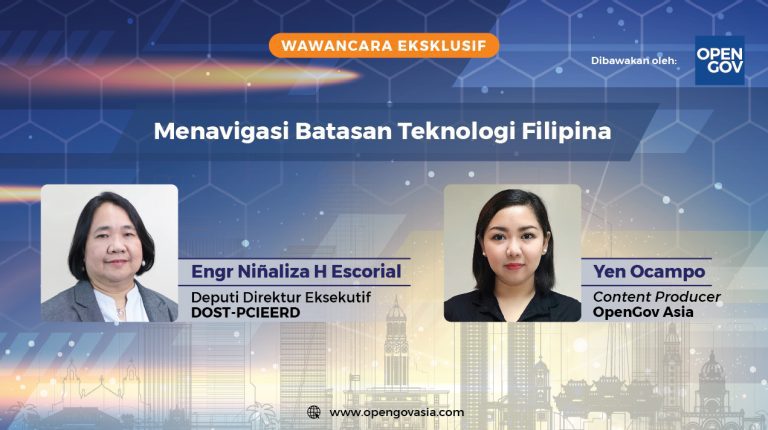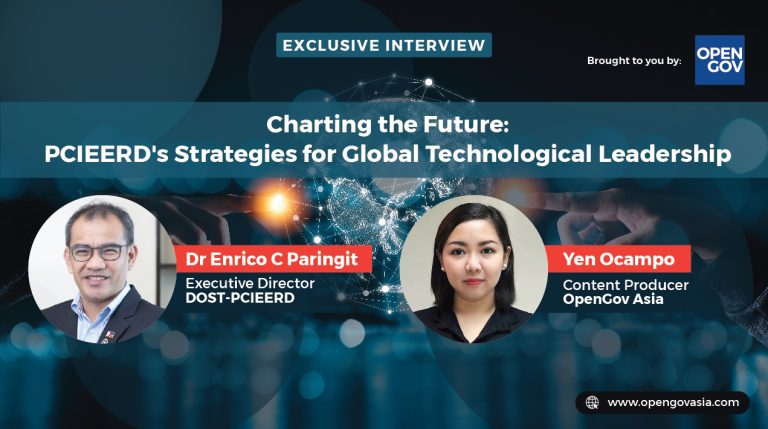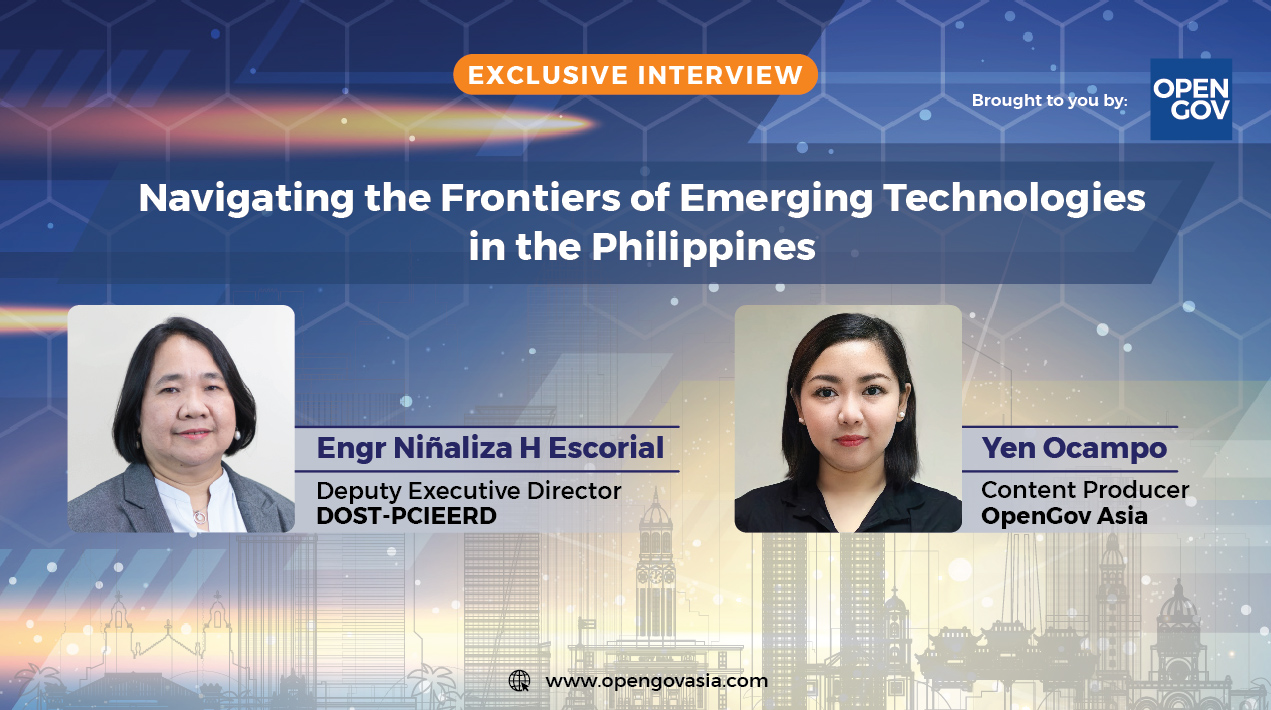expert opinions
Lorem ipsum dolor sit amet

Powered by :

Evolusi Kesiagaan Bencana Alam di Filipina: Menakar Kesiapan Transformasi Teknologi
Yen Ocampo and Azizah Saffa
December 7, 2023

Exclusive! Charting the Future: PCIEERD’s Strategies for Global Technological Leadership
Yen Ocampo
December 6, 2023










